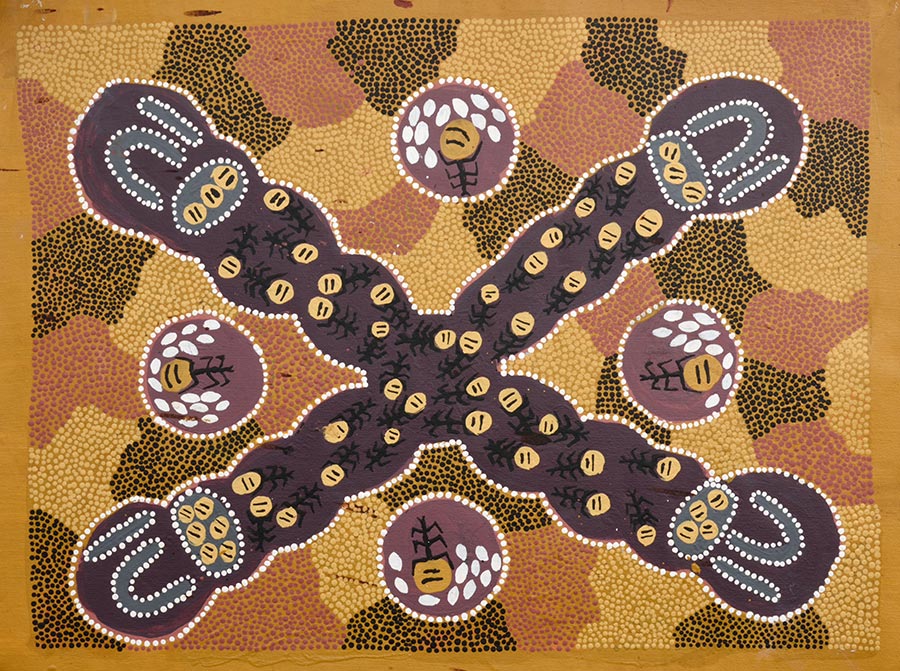
© Bilder und Objekte: Christina Grätz | © Bilder, Objekte und Fotografien Australische Dot-Paintings: private Leihgabe Dr. Birgit Scheps-Bretschneider
© Wobraze a objekty: Christina Grecojc | © Wobraze, foto a objekty dot-painting: priwatne póžyconki Dr. Birgit Scheps-Bretschneider
© Paintings & Objects: Christina Grätz | © Paintings, Photographs & Objects Australian Dot Paintings: private loan Dr. Birgit Scheps-Bretschneider

